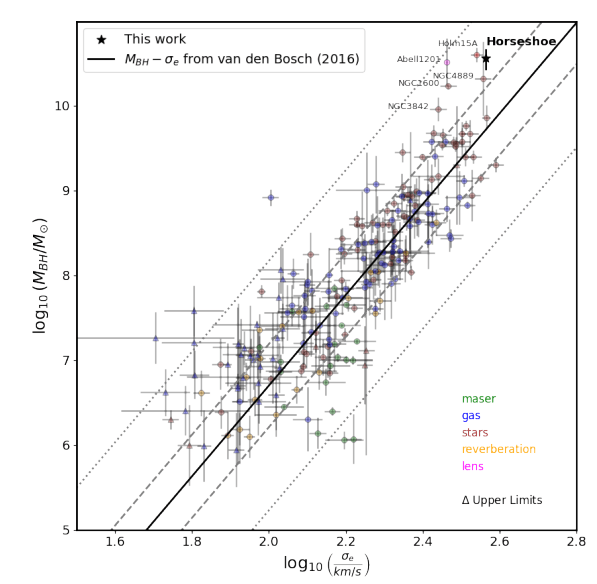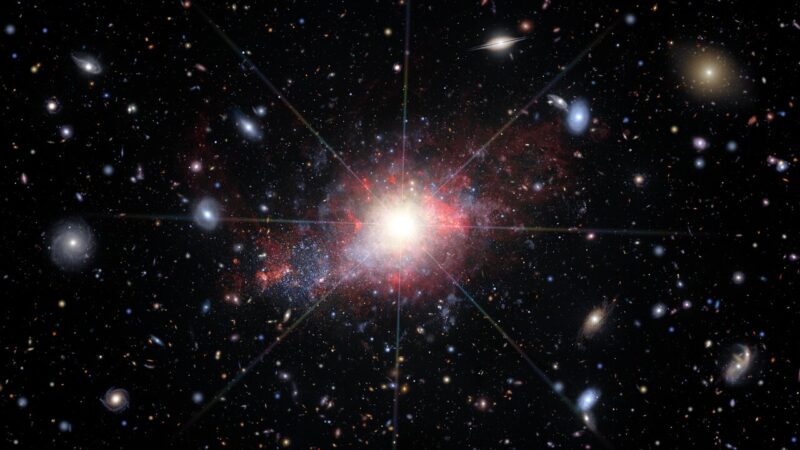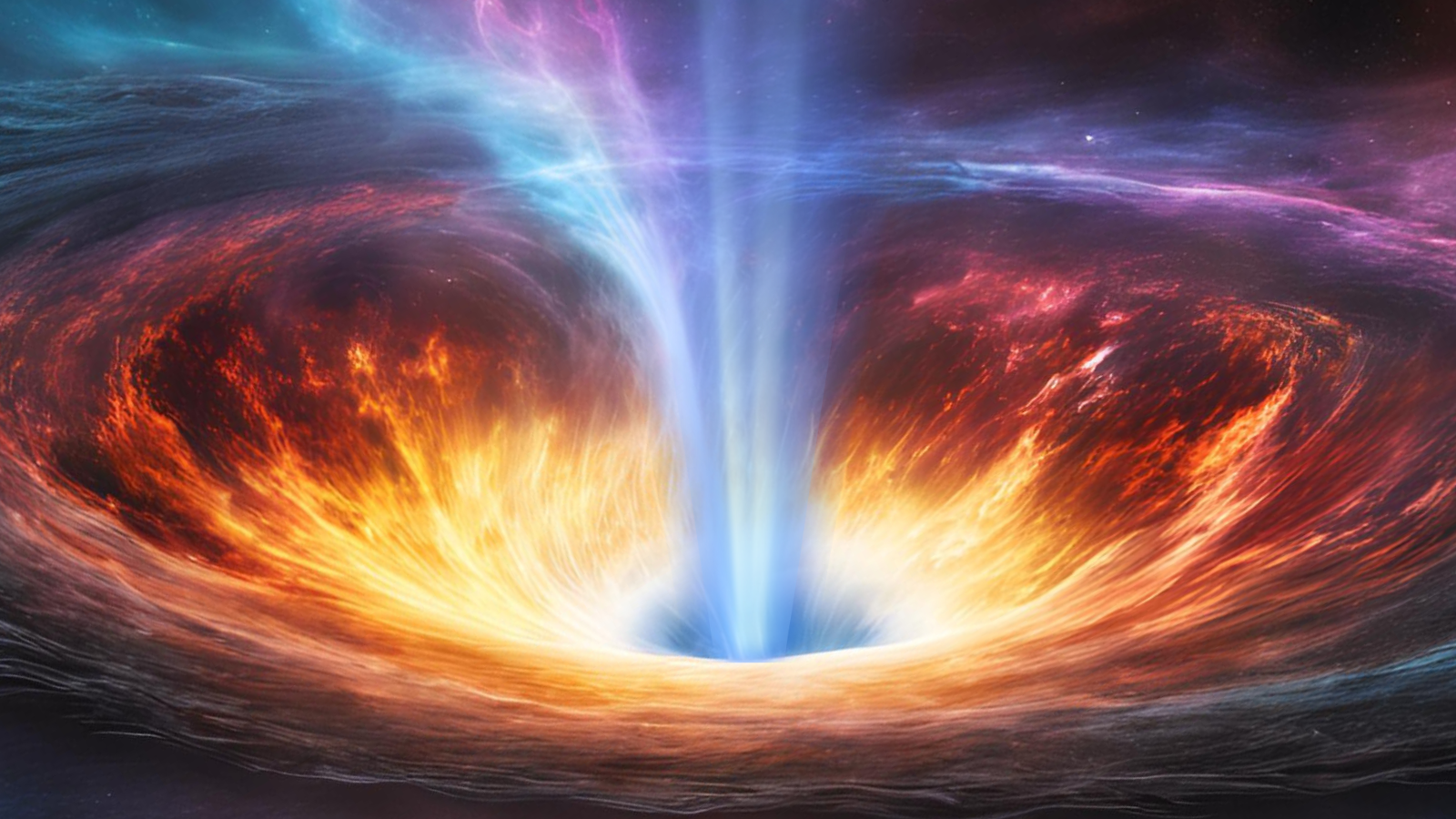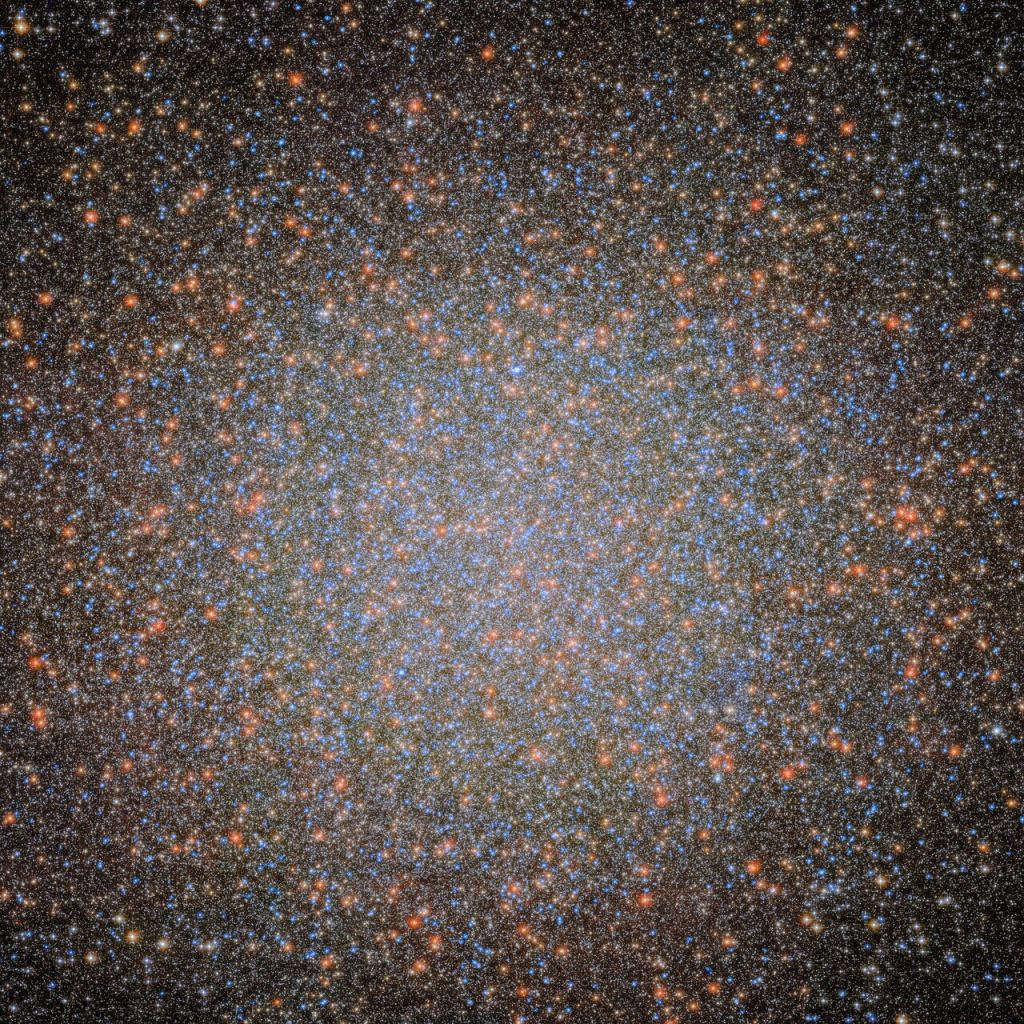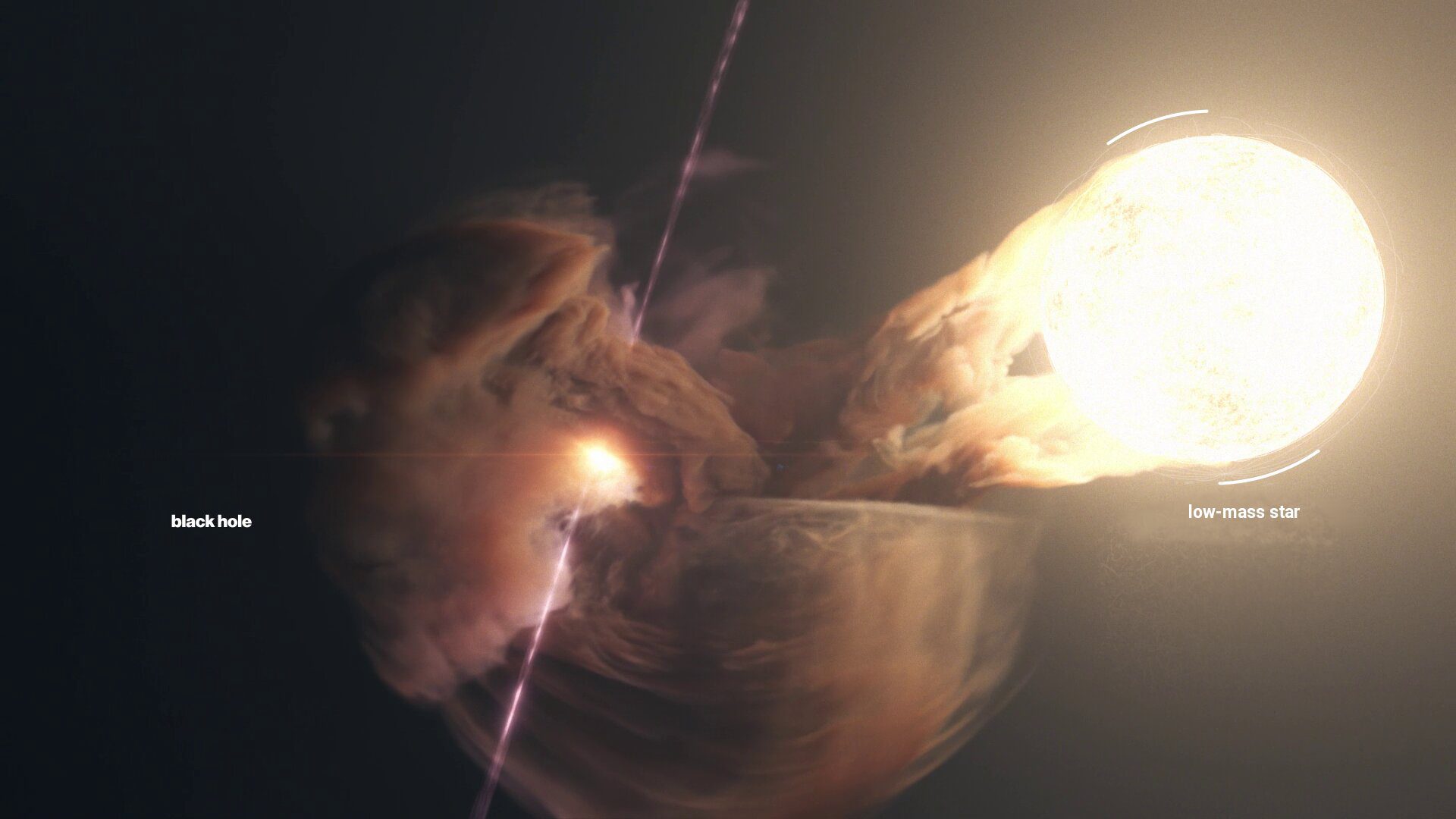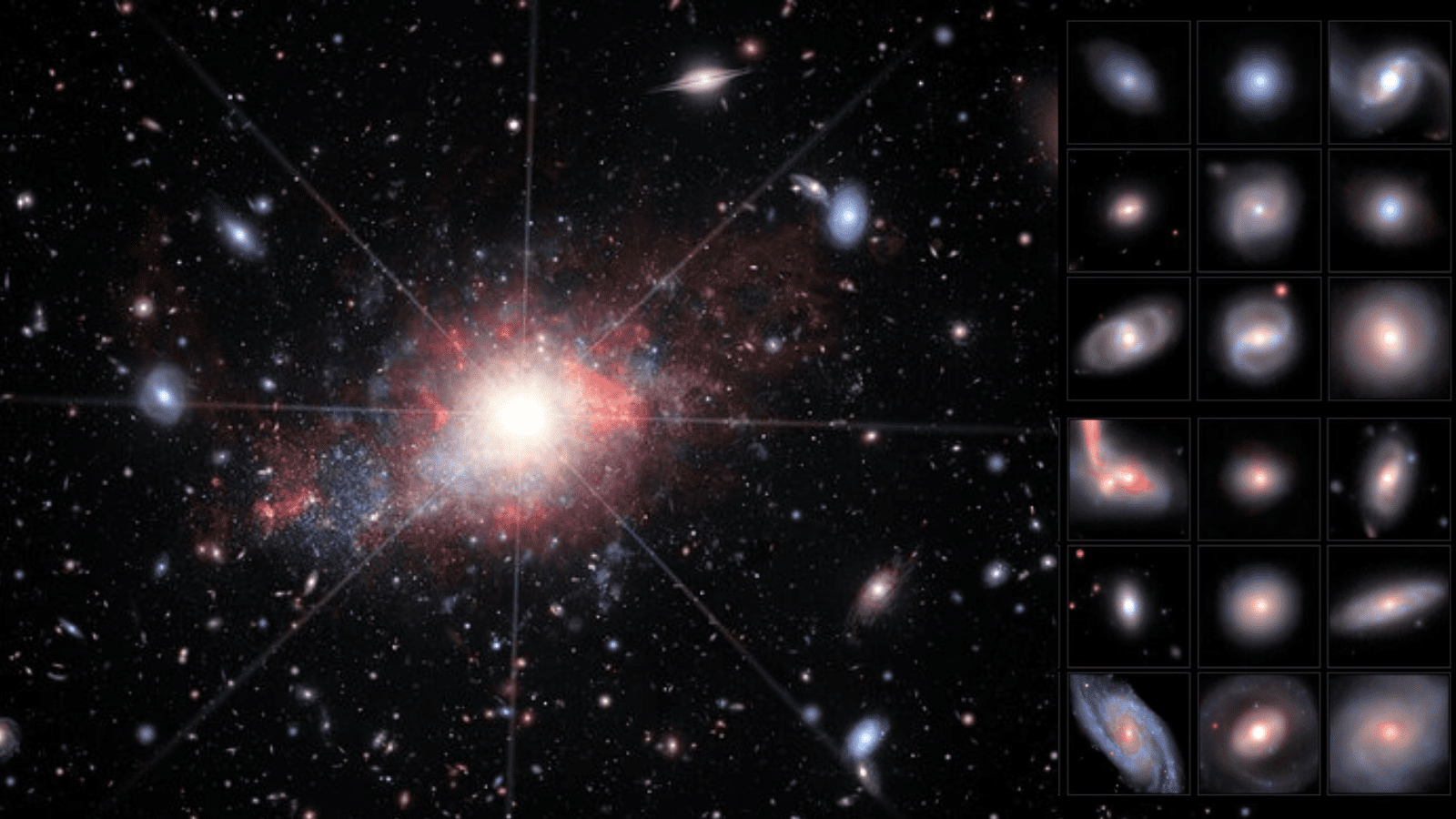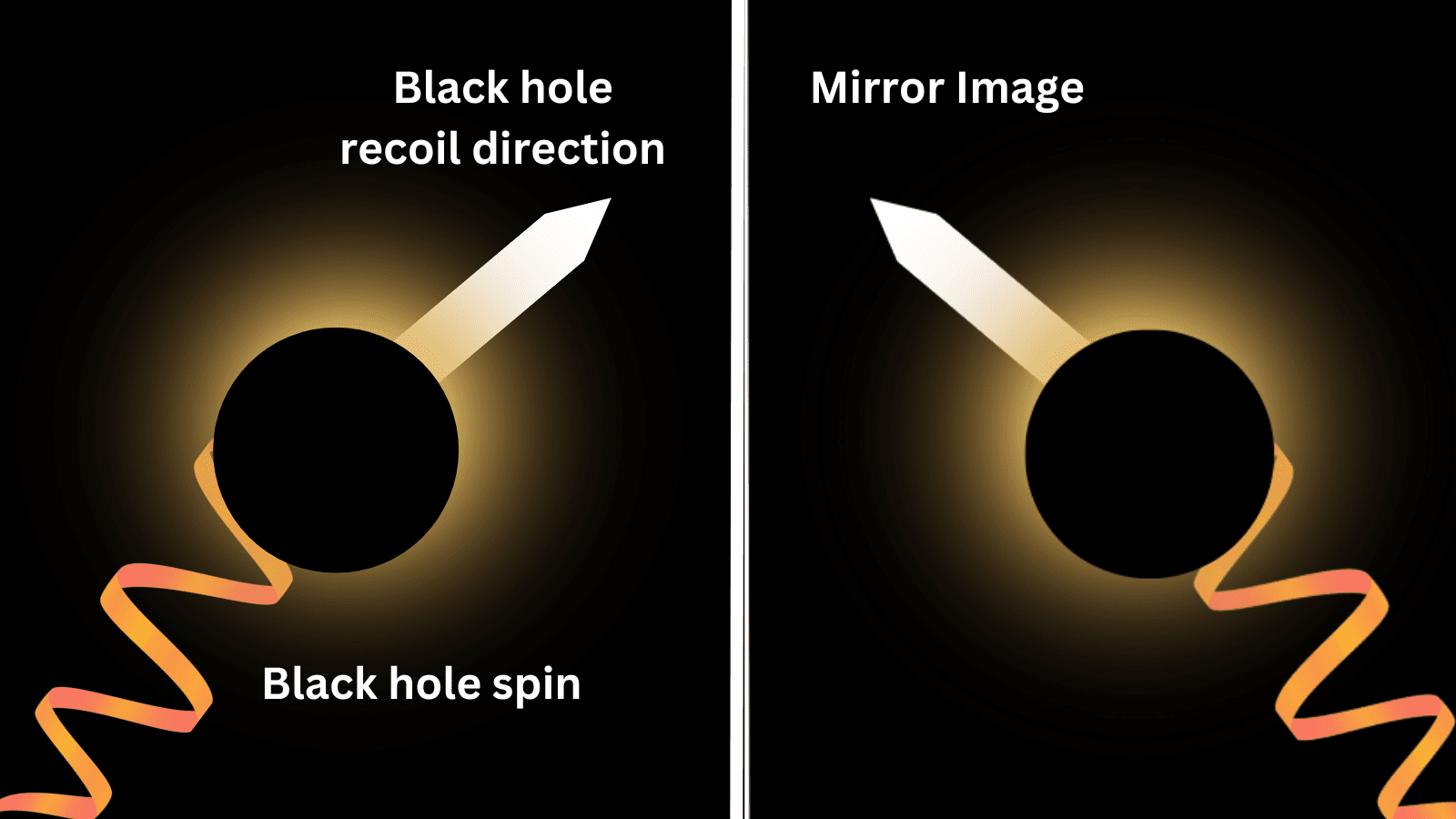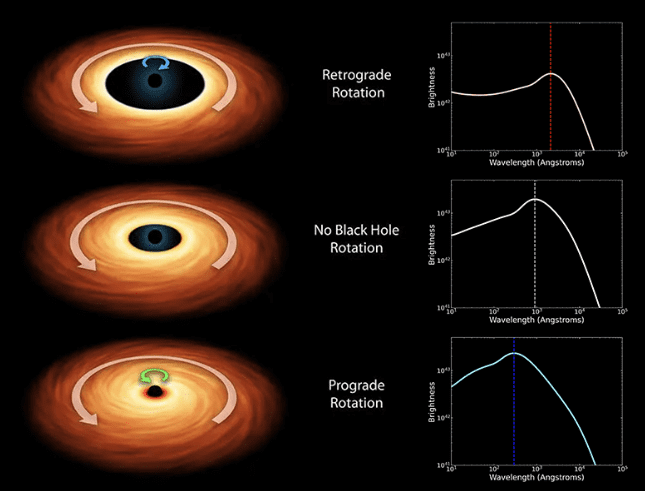One of the Most Massive Black Holes in the Universe Lurks at the Center of the Cosmic Horsehoe
In 2007, astronomers discovered the Cosmic Horseshoe, a gravitationally lensed system of galaxies about five-and-a-half billion light-years away. The foreground galaxy’s mass magnifies and distorts the image of a distant background galaxy whose light has travelled for billions of years before reaching us. The foreground and background galaxies are in such perfect alignment that they … Read more
